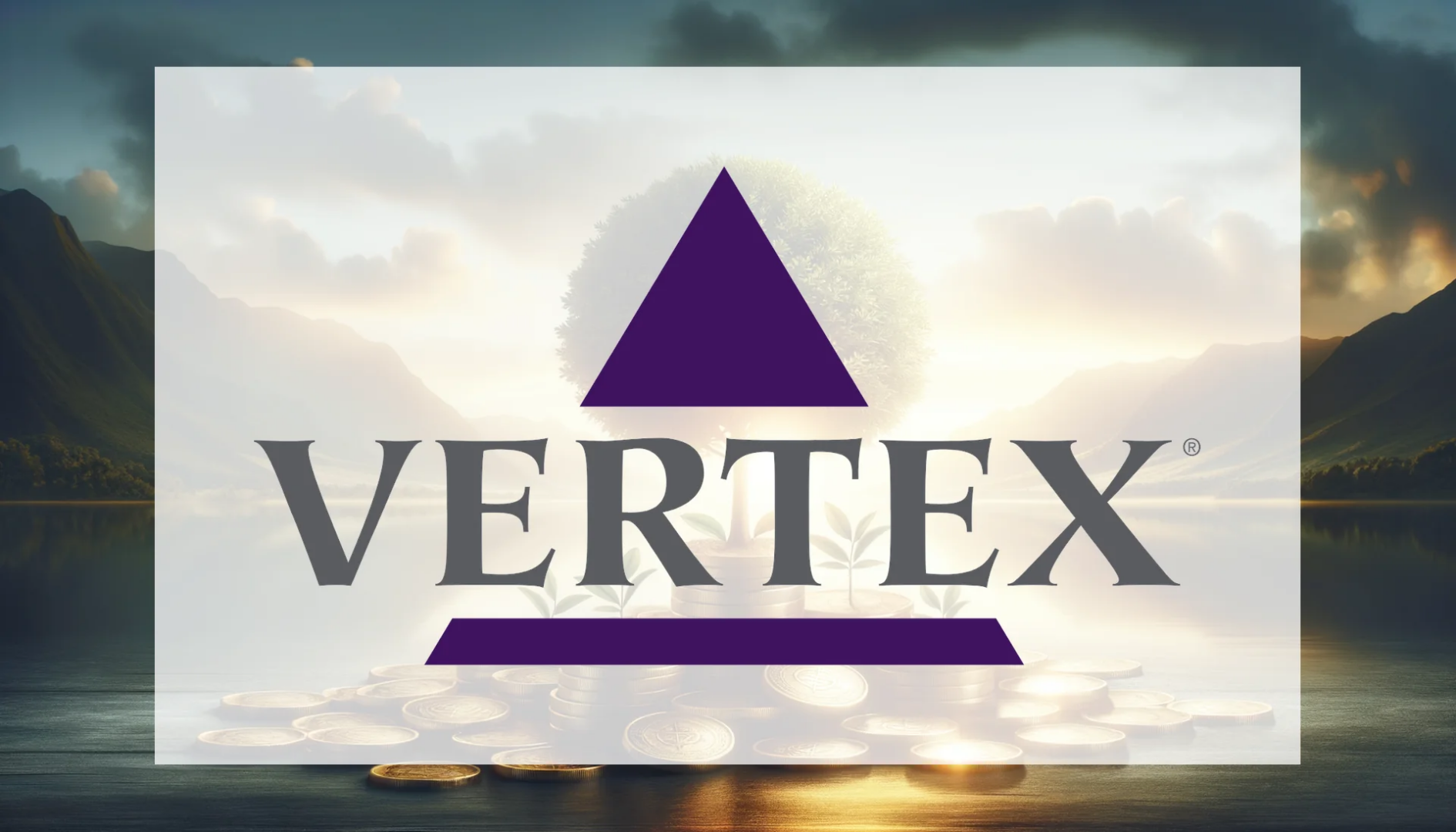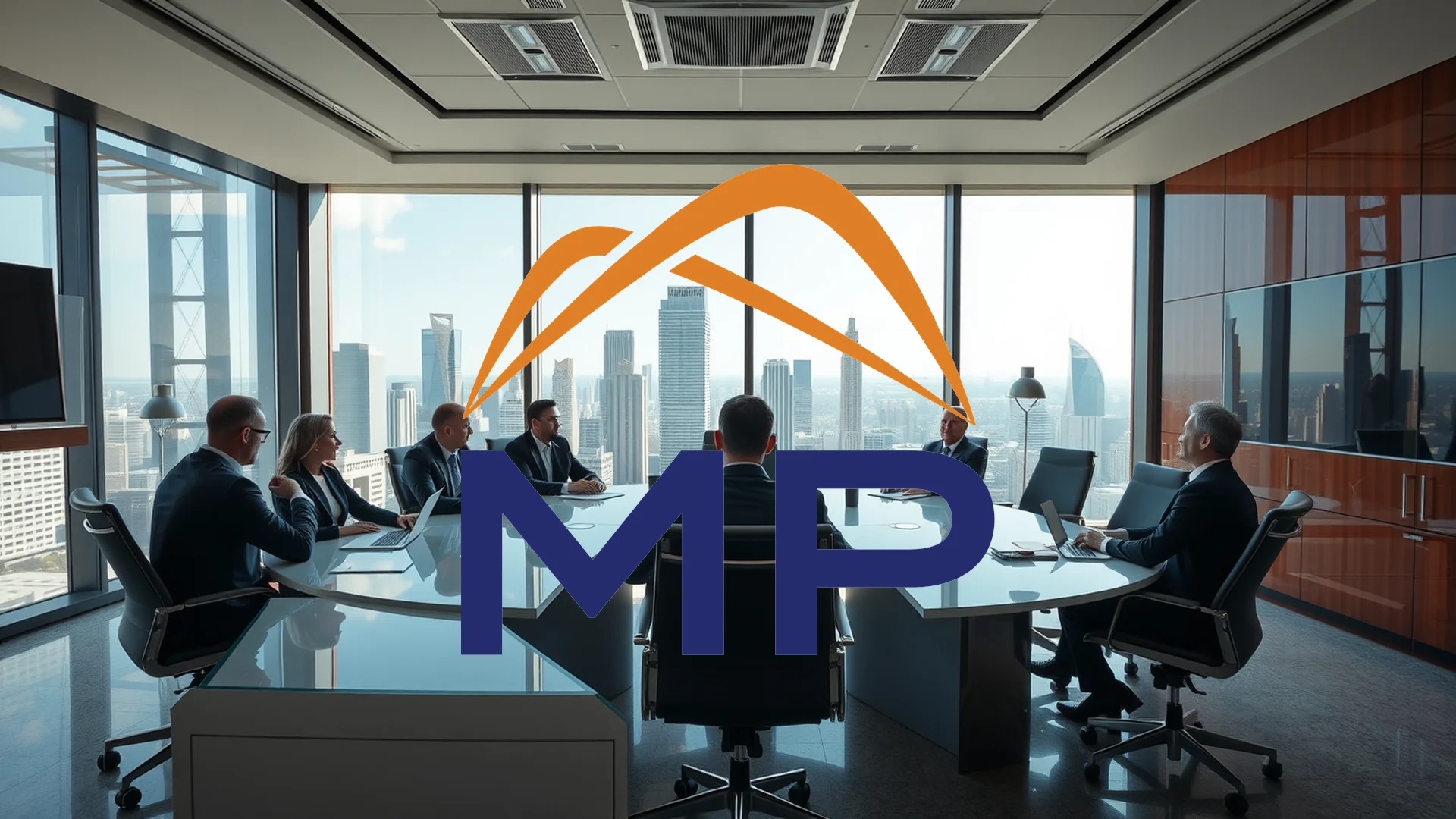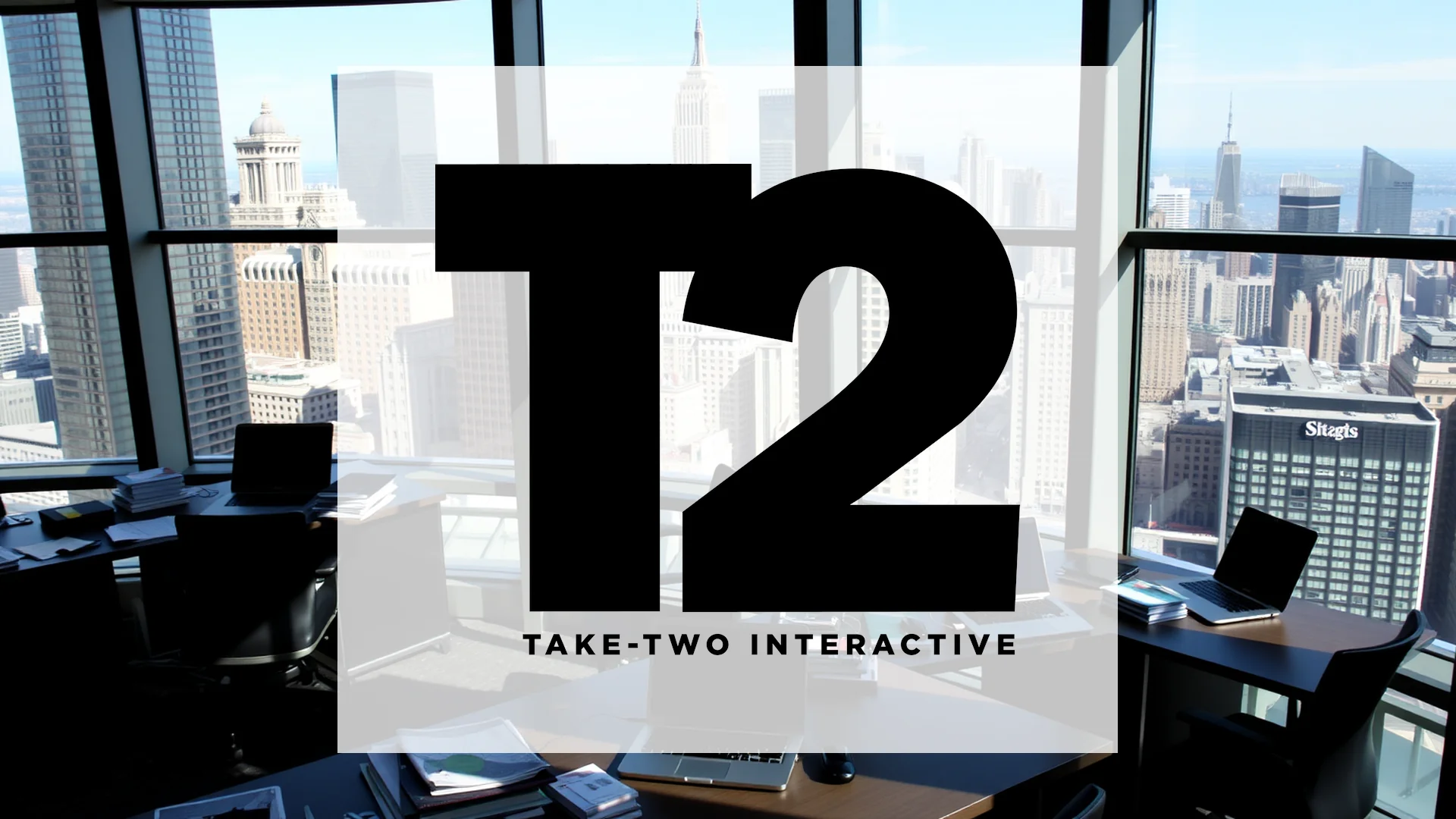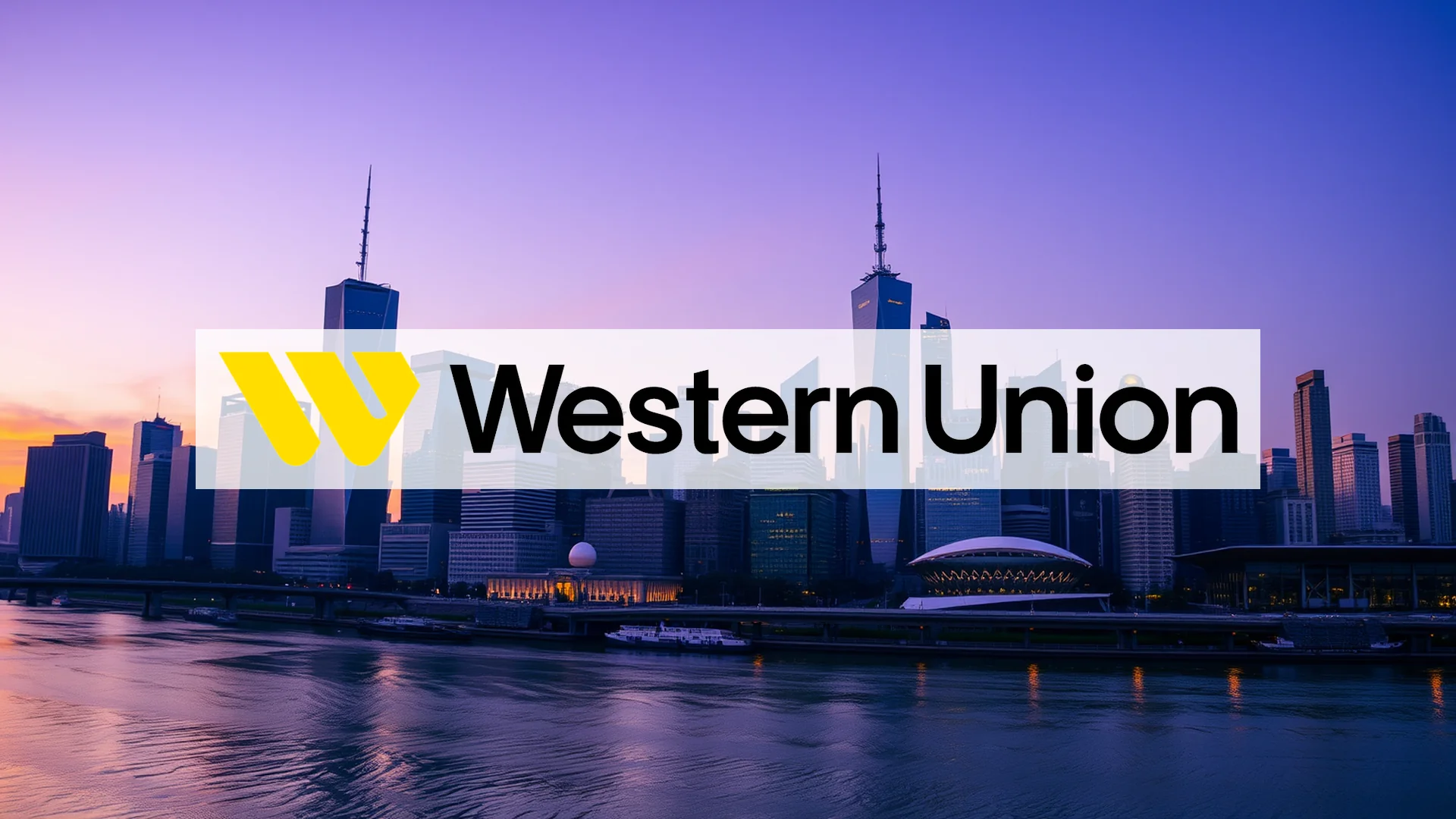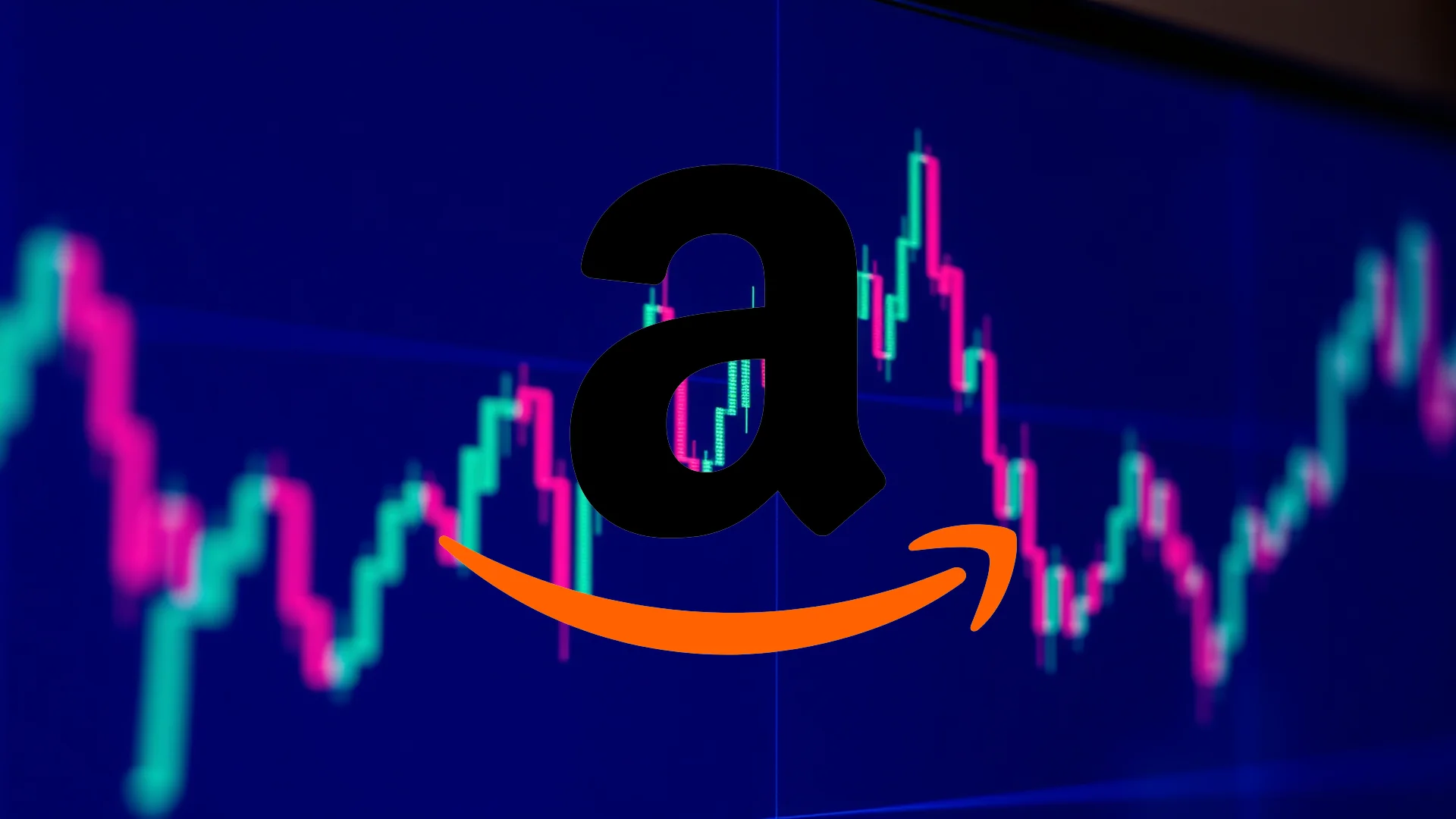In the competitive landscape of biotechnology, two giants command significant attention: Vertex Pharmaceuticals and Regeneron Pharmaceuticals. Both companies have established formidable market positions through innovative therapies and promising development pipelines, yet they represent distinctly different investment propositions. This analysis examines how these biotech leaders compare across critical financial and strategic dimensions.
Financial Metrics and Market Valuation
The fundamental data reveals a compelling contrast between these two biotech powerhouses. Vertex carries a market capitalization of approximately $103.89 billion, substantially larger than Regeneron’s $69.10 billion valuation. This 1.5:1 ratio indicates we’re comparing two established heavyweights rather than mismatched competitors.
Valuation Metrics:
Metric | Vertex | Regeneron
—|—|—
P/E Ratio | 28.8x – 29.3x | 17.6x
Price-to-Book | ~6.0x | –
PEG Ratio | ~1.15x | –
Revenue Growth (3Y CAGR) | 11.0% – 13.6% | ~0% – 1%
EPS Growth | ~128.7% | ~3.2%
Quality and Profitability Indicators:
Metric | Vertex | Regeneron
—|—|—
Return on Equity | ~21.6% | ~15.2%
EBITDA Margin | ~39.8% | ~37.5%
Debt-to-Equity | 0.11 | 0.06 – 0.09
Current Ratio | 2.36 | 4.73
The numbers paint a clear picture: Vertex demonstrates more dynamic growth and superior profitability metrics but commands a significant valuation premium. Regeneron offers a more conservative valuation alongside stronger liquidity positioning.
Strategic Approaches: Focused Excellence vs. Diversified Platform
The core business models of these companies reflect fundamentally different strategic philosophies.
Vertex has built what approaches a monopoly in cystic fibrosis treatments, with products like Trikafta and Kaftrio dominating its portfolio and securing leadership in this therapeutic area. The company’s competitive advantage stems from deep patent protection and decades of clinical expertise. While maintaining this stronghold, Vertex is actively pursuing diversification through promising candidates in pain management, kidney diseases, and genetic disorders including sickle cell disease and beta-thalassemia.
Regeneron employs a broader strategic approach, operating through dual revenue streams: direct product sales and substantial collaboration income. The flagship product Eylea for retinal conditions remains a crucial revenue generator, while the partnership with Sanofi on the immunology drug Dupixent has evolved into a critical growth engine. The cancer treatment Libtayo complements their oncology portfolio.
Regeneron’s strategic advantage lies in its proprietary VelociSuite® technology platform—a powerful system for rapidly developing fully human antibodies. This technological edge supports a wide-ranging clinical pipeline spanning multiple therapeutic areas.
Growth Catalysts and Recent Developments
Current momentum and near-term catalysts differ significantly between the two companies.
Vertex is riding a wave of positive developments, with its Q3 2025 earnings report substantially exceeding analyst expectations. Encouraging data from experimental therapies signals progress in diversifying beyond cystic fibrosis. Insider trading activity presents a mixed picture, with both significant purchases and sales occurring in recent months. An upcoming investor event could reveal additional pipeline details and potentially serve as a positive catalyst.
Should investors sell immediately? Or is it worth buying Vertex?
Regeneron continues to benefit from the steady performance of its blockbuster products Eylea and Dupixent. However, insider transactions have recently skewed toward selling activity. Forthcoming investor conferences provide opportunities for pipeline updates. Notably, in February 2025, Regeneron initiated a quarterly dividend—a signal of financial maturity and confidence in future cash flows.
Risk-Reward Profiles: Contrasting Investment Propositions
Vertex: The High-Growth, Higher-Risk Bet
The primary risk for Vertex centers on its substantial dependence on the cystic fibrosis market. Despite current dominance, future competition or pricing pressure could significantly impact revenue streams. The diversification strategy remains unproven, with potential clinical trial setbacks in new therapeutic areas posing substantial downside risk.
The potential reward? Sustained, highly profitable growth from the CF franchise combined with potential blockbuster success in new treatment categories. Such an achievement could fundamentally revalue the company’s shares.
Regeneron: The Balanced Alternative
Regeneron faces intense competitive pressures, particularly for Eylea in ophthalmology and Libtayo in oncology. Performance remains heavily dependent on the Sanofi partnership for Dupixent, with any negative developments in this collaboration potentially impacting financial results.
The potential compensation for investors? Consistent growth from a diversified portfolio and continued advancement of a deep pipeline. The proven R&D engine of VelociSuite® has already generated successful therapies and offers multiple opportunities for future blockbuster developments.
Investment Thesis: Growth Versus Stability
Choosing between these biotech leaders ultimately depends on investor preference and risk tolerance.
An investment in Vertex Pharmaceuticals represents a conviction in continued dominance of the high-margin cystic fibrosis market combined with the high-risk potential of its diversifying pipeline. The company demonstrates superior profitability and strong growth metrics. The thesis hinges on Vertex’s ability to translate CF success into new therapeutic areas and unlock significant future growth. These shares appeal to growth-oriented investors seeking stable cash flow generation combined with biotechnology innovation upside.
Investing in Regeneron Pharmaceuticals means acquiring exposure to a more diversified and proven R&D platform. With significant medications across ophthalmology, immunology, and oncology, the company maintains less dependence on any single therapeutic area compared to Vertex. The valuation appears more moderate on a P/E basis. The investment case rests on continued market expansion for Eylea and Dupixent, coupled with the VelociSuite® platform’s capacity to consistently deliver new products. This stock better suits investors seeking broad biotechnology exposure with a more balanced risk profile and the additional benefit of dividend income.
The decision between these two industry leaders ultimately reflects individual risk appetite: Vertex for aggressive growth potential, Regeneron for diversified stability with income characteristics.
Ad
Vertex Stock: Buy or Sell?! New Vertex Analysis from December 26 delivers the answer:
The latest Vertex figures speak for themselves: Urgent action needed for Vertex investors. Is it worth buying or should you sell? Find out what to do now in the current free analysis from December 26.
Vertex: Buy or sell? Read more here...

